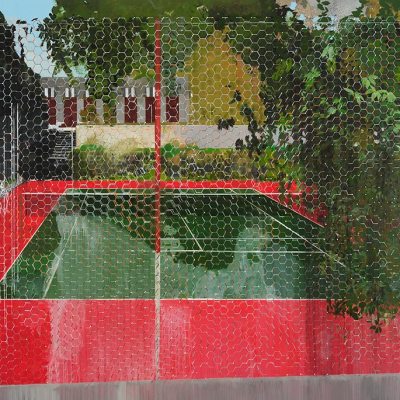One no longer need be young to be an emerging artist. The news that artists over the age of 50 are, for the first time since 1991, once again eligible for the Turner Prize partly reflects wider efforts to reassess artists who have been unduly neglected, often because their race or gender has excluded them from the dominant narrative of post-war art. But it is also a welcome reminder that, when it comes to art, innovation and potential are not merely the preserve of younger generations. Critics who have complained that the prize risks becoming a lifetime achievement award overlook the fact that, although lifetimes may share certain inevitabilities, their different rhythms of opportunity, experience and inspiration mean that they are otherwise far from uniform.
Take the case of Phyllida Barlow, selected at the age of 73 to represent Britain at this year’s Venice Biennale. In an engrossing recent profile of the artist for the Guardian, the writer Charlotte Higgins set out how Barlow spent decades squaring her time in the studio with the demands of raising a family and teaching at art school, and how her retirement from the latter has coincided with new prospects for her work. Only now, with the backing of a blue-chip gallery, does she have the freedoms of time, space and budget to produce large-scale sculptures. These are works that have an urgency, and even a poignancy to them, for having been made possible at this stage in the artist’s life.
It is satisfying to know that the Next Big Thing is now just as likely to be an artist born in the 1930s or ’40s as one born in the 1990s. The new retrospective approach, combined with a growing critical interest in ‘late style’, allows us to assess bodies of work that have been produced over extended periods of time. We can view them at a distance from the expectations that we frequently impose on young artists.
In the case of Frank Bowling, interviewed in these pages, the growing institutional interest in the artist’s work ought to bring deserving public recognition to an influential figure who has long been respected by his peers, but whose specific artistic achievements have rarely been given their due. Reading about his sustained experiments with paint, which continue today, I wonder whether his most inventive work has not at least partly been made possible by a career that has, until now, largely developed at a remove from the more dizzying altitudes of the market.
It can only be healthy, I think, for artists in their twenties and thirties to look to the example of the growing band of ‘emerging’ older artists and realise that their comparative anonymity at this point, though it may dishearten them, is neither a conclusive judgement on their ability nor an impediment to future acclaim. This is hardly likely to mitigate the challenges that most artists face in making a living from their work; but it may dampen their craving for early success, which brings with it different types of pressure to perform in an art world (and market) that is not always as caring as it seems.
There is an element of cynicism, perhaps, in the race between big commercial galleries to sign up and promote artists who are nearing the end of their careers, and who may have much work in storage, but whose market has yet to be established. All the same, these businesses are to be praised for focusing their resources on lesser-known artists and giving them an unprecedented prominence. So long as conflicts between commercial and institutional interests are carefully managed, it is clear that private galleries can also support museum programmes in bringing unfamiliar artists to a far wider public. The new-found interest in centenarian Carmen Herrera, who last year had an acclaimed exhibition at the Whitney, seems to owe much to the efforts of Lisson Gallery.
The combination of youth and talent is not about to lose its allure. At Apollo we promote it – and are proud to do so – through the annual Apollo 40 Under 40 list, featuring artists who may be hot property today but promise to be established stars in the future. But I increasingly think about whether an Apollo 40 Over 40 might be just as optimistic, and even more useful.
From the June 2017 issue of Apollo. Preview and subscribe here.



